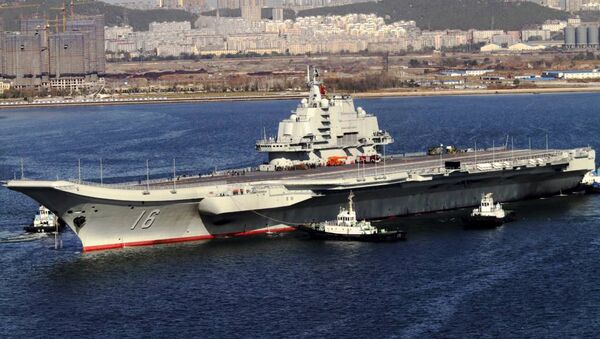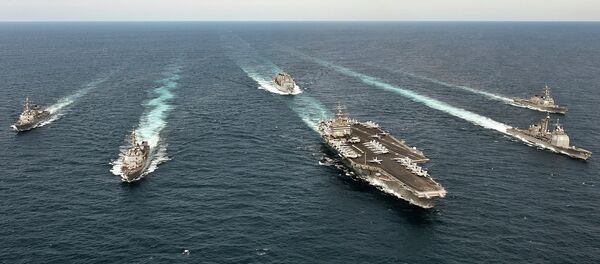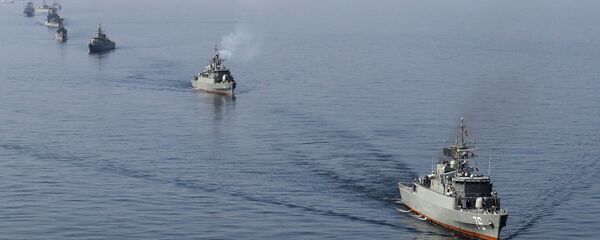"It's opportunity in crisis," a diplomat from an unnamed Asian country told The Wire in Beijing. "China fears Trump will turn on them eventually, as he's so unpredictable, and it's getting ready."
While it is almost impossible to get reliable figures on how much China actually spends on its fleet, the official figure of overall military expenses of $139 billion is widely believed to be an understatement.
"We don't how much they spend on the navy, but simply extrapolating from the quantity and the quality of things that are coming out of their shipyards, it's pretty amazing," says Richard Bitzinger, senior fellow and coordinator of the Military Transformations Programme at the S. Rajaratnam School of International Studies in Singapore.
According to official state media, in 2016 China commissioned 18 ships, including missile destroyers, corvettes and guided missile frigates. According to The Wire, China put a new piece of military tech into service every week.
Xu Guangyu, a retired major general and a senior adviser to the government-run China Arms Control and Disarmament Association, says China watches US maritime growth with caution.
"It's like a marathon and we're falling behind. We need to step on the gas," Xu said.
In the meantime, the US will have to spend $25 billion a year to reach its goal of 355 ships in 30 years, as ordered by Trump, according to analysis from the Congressional Budget Office cited by DoDbuzz.com.
In recent weeks, at least three serious reports have been published, analyzing the prospects of the US Navy's future. One of them, by prominent Congressional specialist in naval affairs Ronald O'Rourke and reported earlier by Sputnik, directly cites Chinese naval buildup as a key threat to US maritime power.
In his paper, O'Rourke highlights the ongoing modernization of China's navy and Russia's increasing maritime activities in the Mediterranean and the Atlantic as reasons for increasing the number of US combat ships.
The Congressional Budget Office report points out that the Navy would need to spend $566 billion to build a fleet of 308 ships, up from the current 274. The service can expect to spend much more to reach the new goal of 355 ships announced in December. The report outline a couple of cheating tactics that could be implemented to achieve the goal in terms of quantity, with omission of quality. One of those tactics is extending the ships' life through modernization. Keeping older ships afloat longer will allow the Navy to decommission fewer ships, allowing numbers to be built up faster.
"The Navy could also build ships faster than assumed in this illustration…" the report's authors wrote. "But it might not provide the Navy the capabilities that advocates of a larger fleet have in mind."
The chances look good that we are about to see a new arms race, similar to that of late 20th century between the US and the USSR.
However, a not-so-old proverb says, "If you want to ruin a small state, give it a battleship" (and you can replace "battleship" with "carrier" in 20th century). With naval buildups like these, it could even apply to bigger states.




